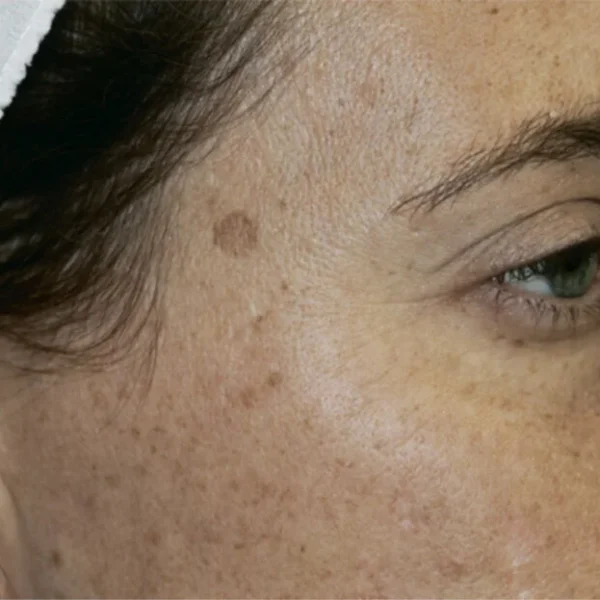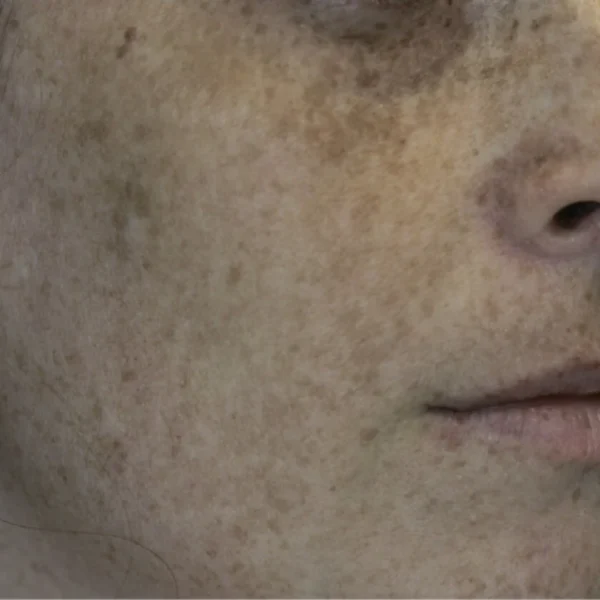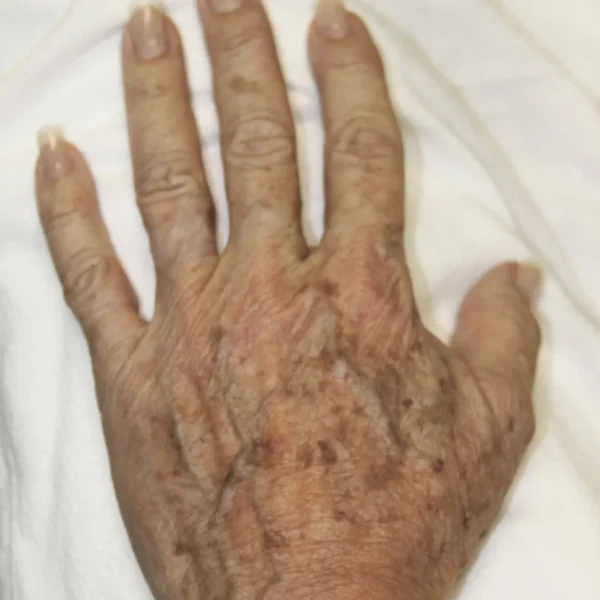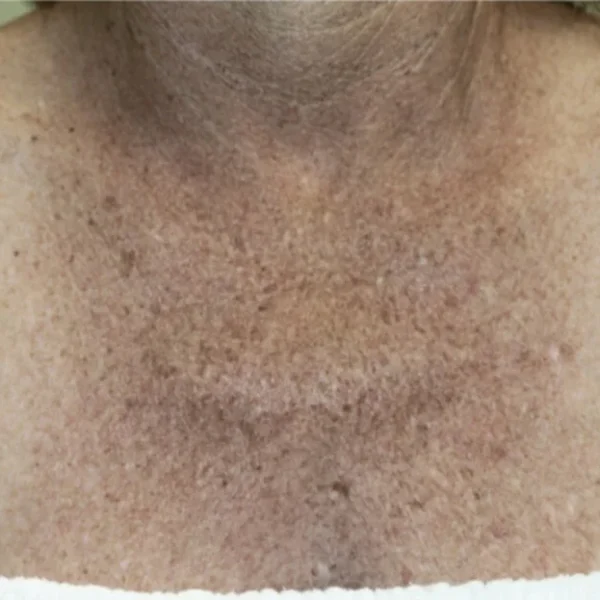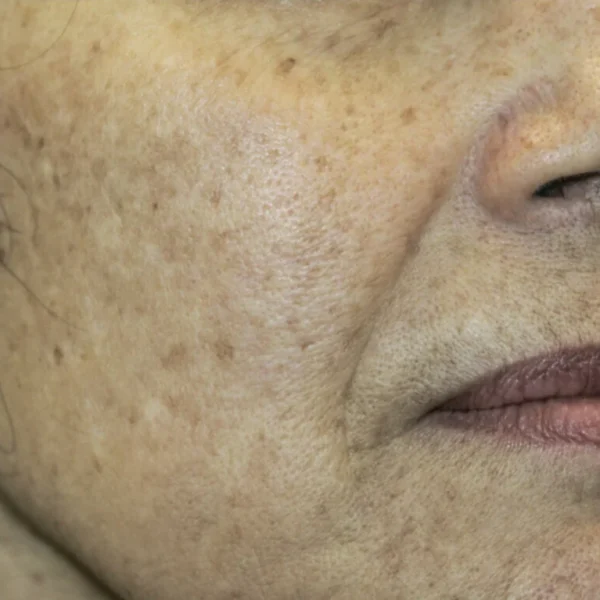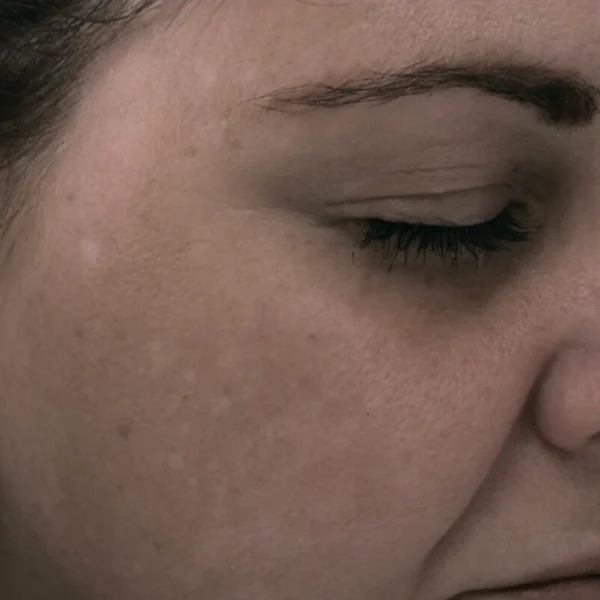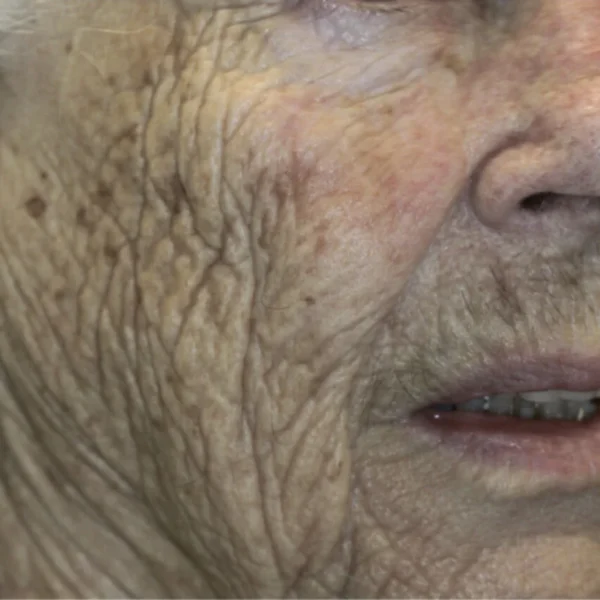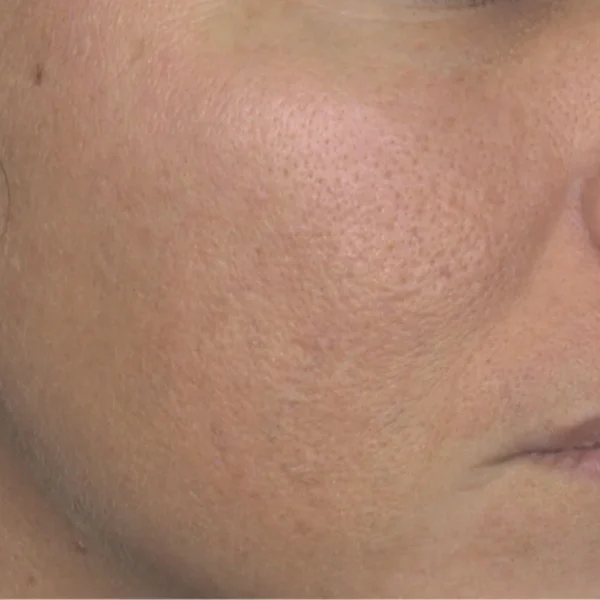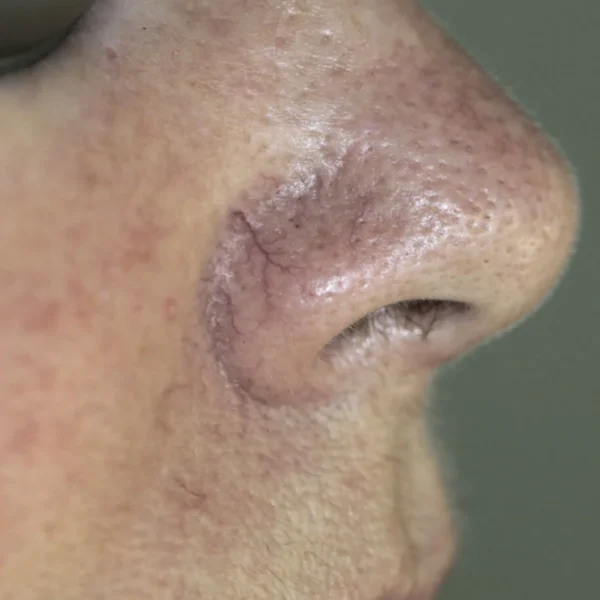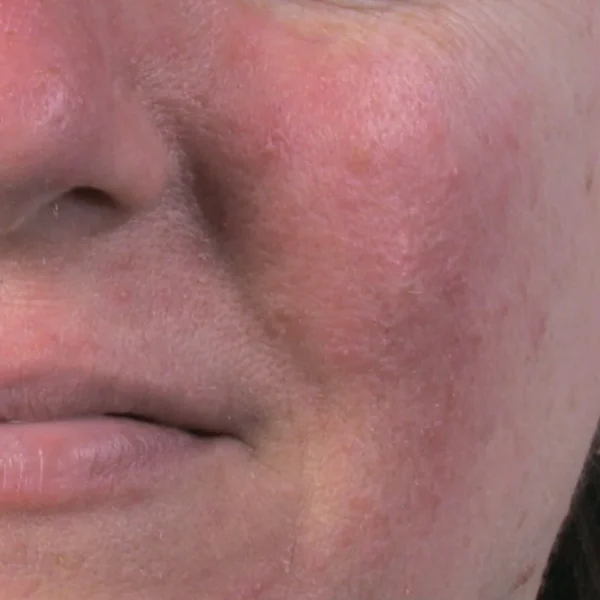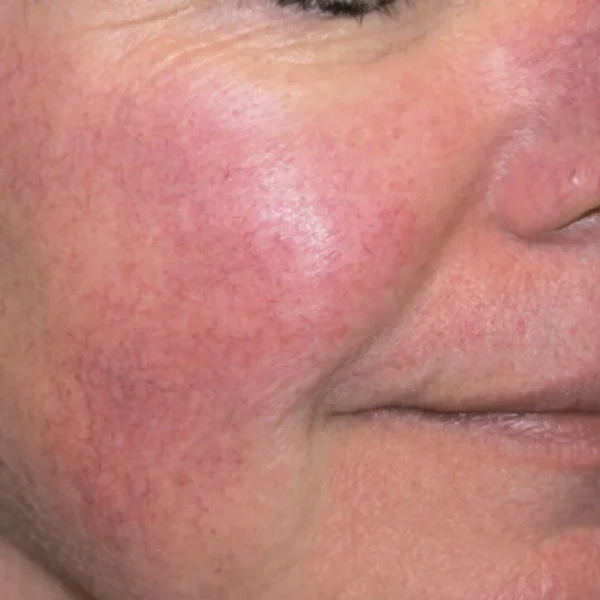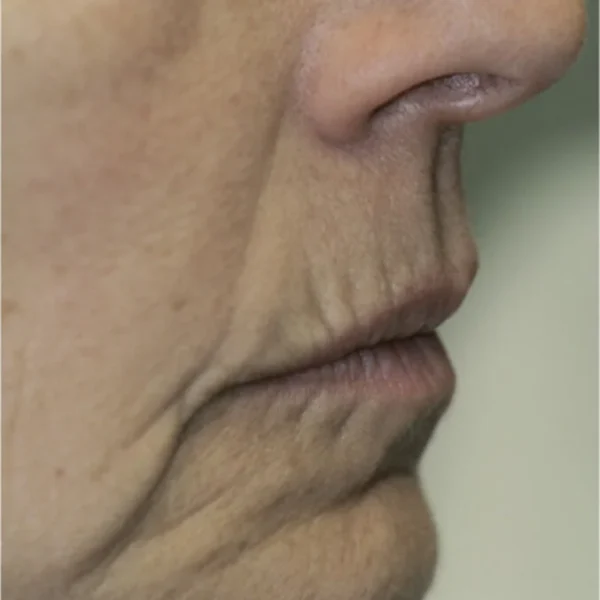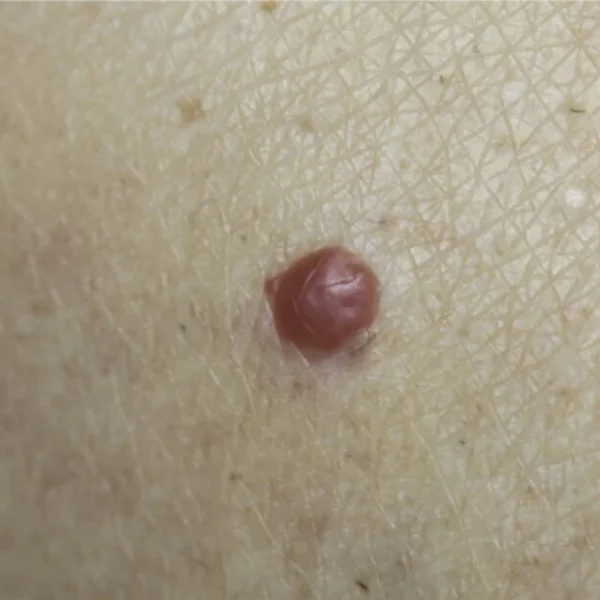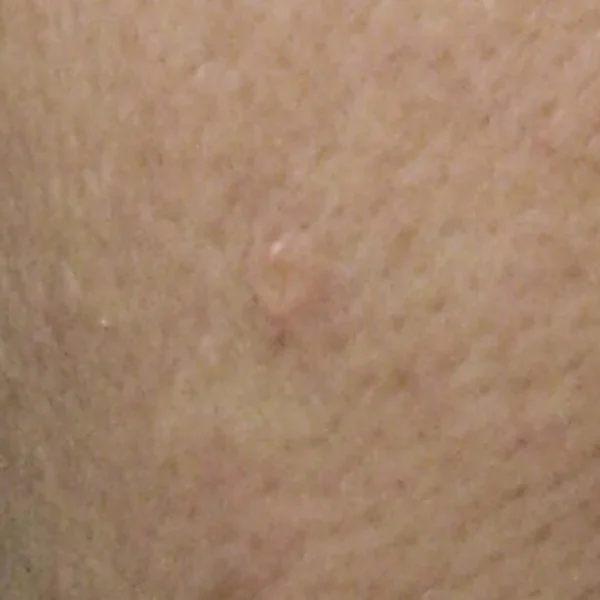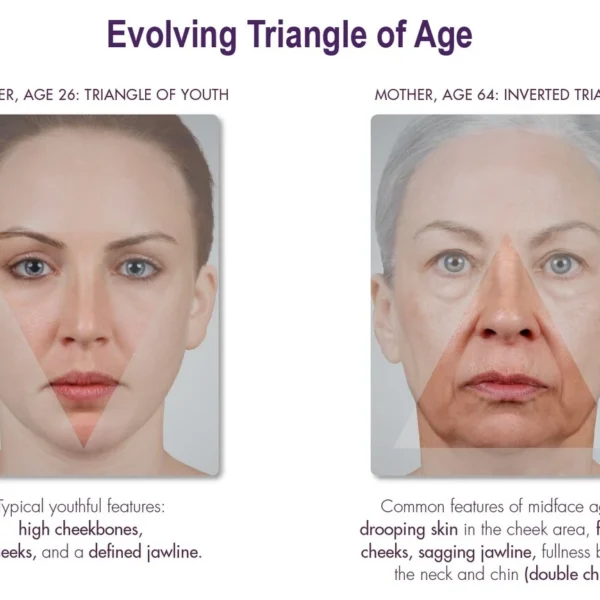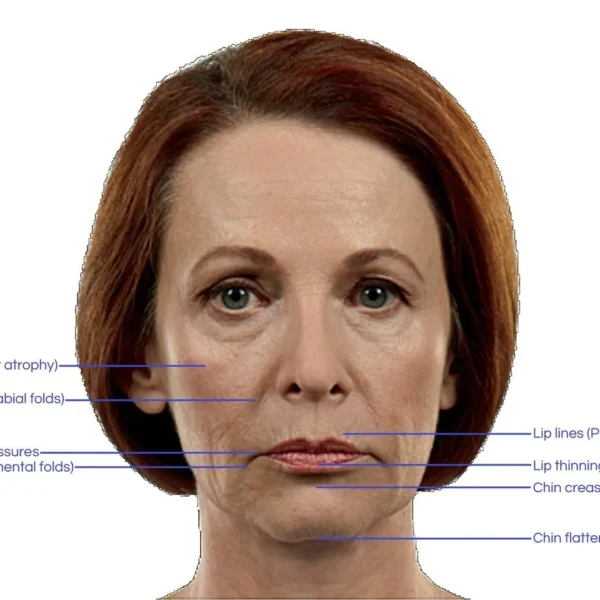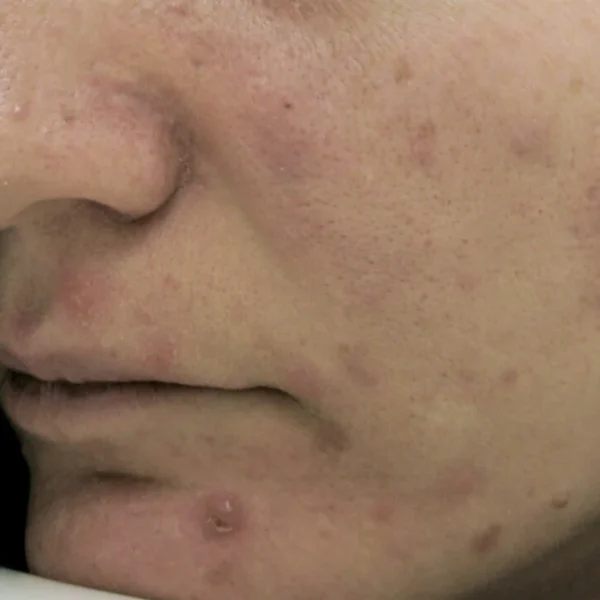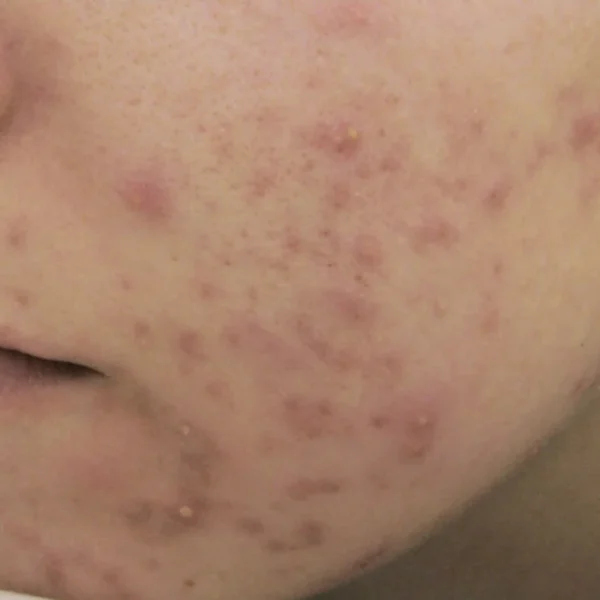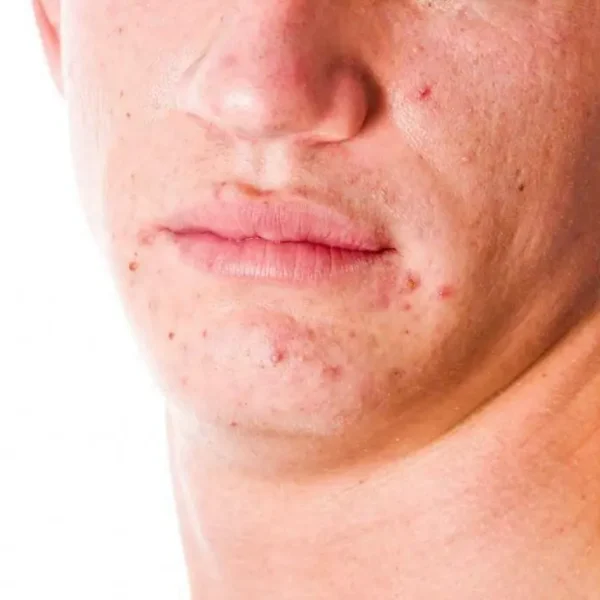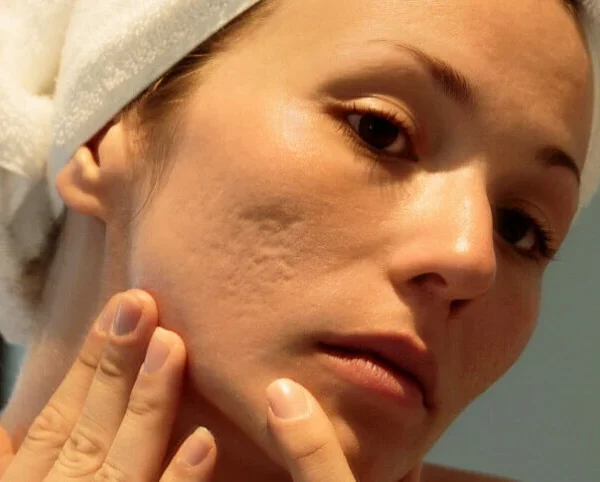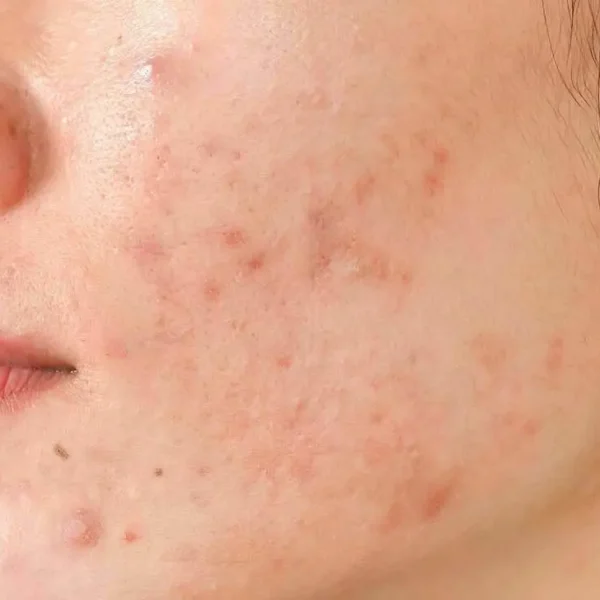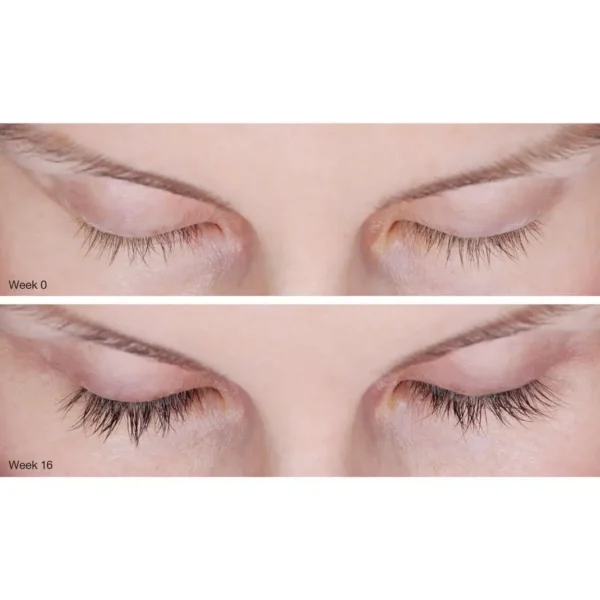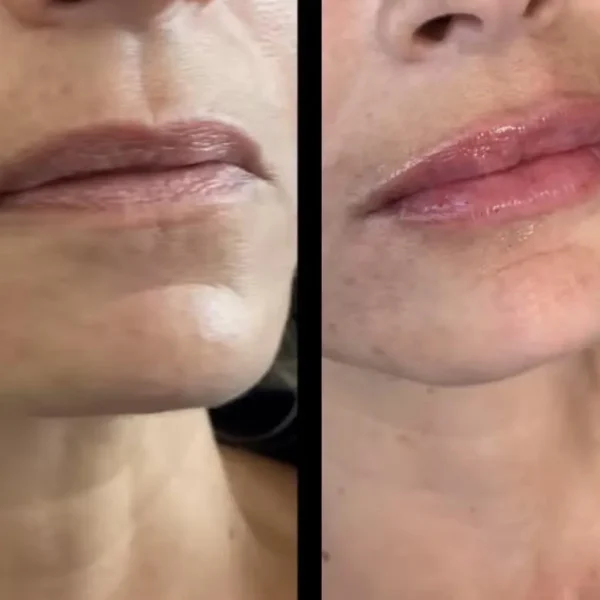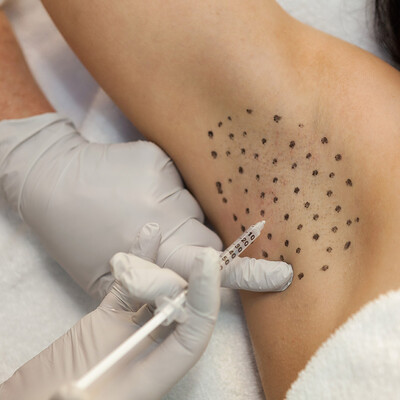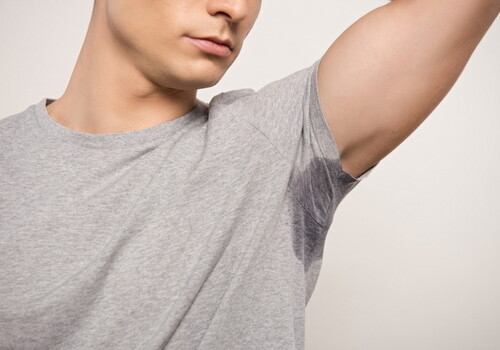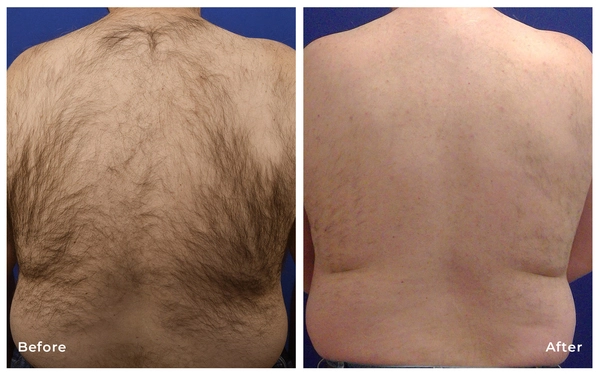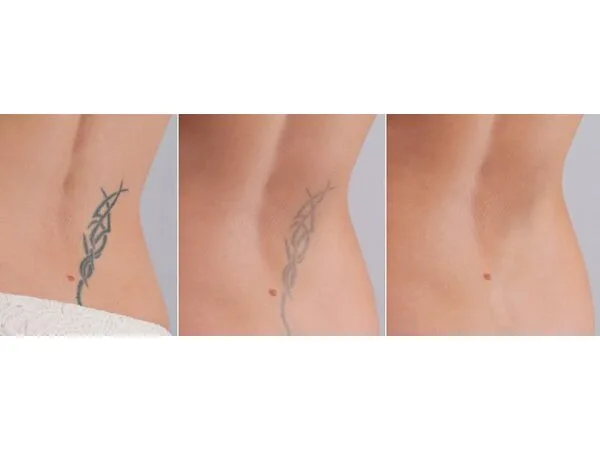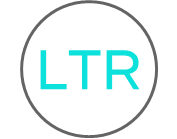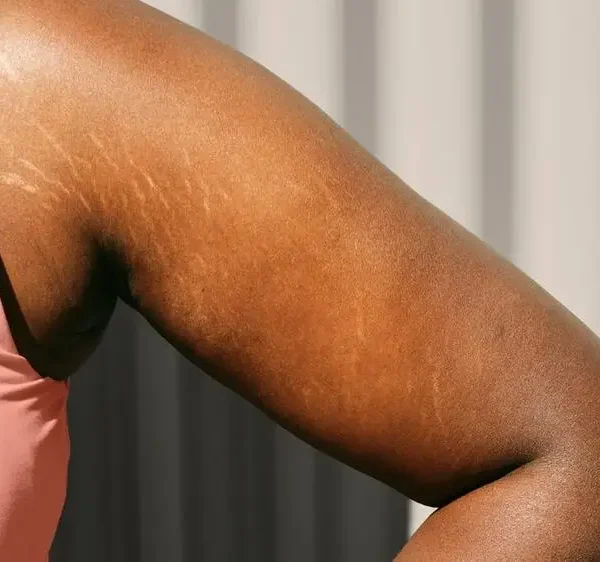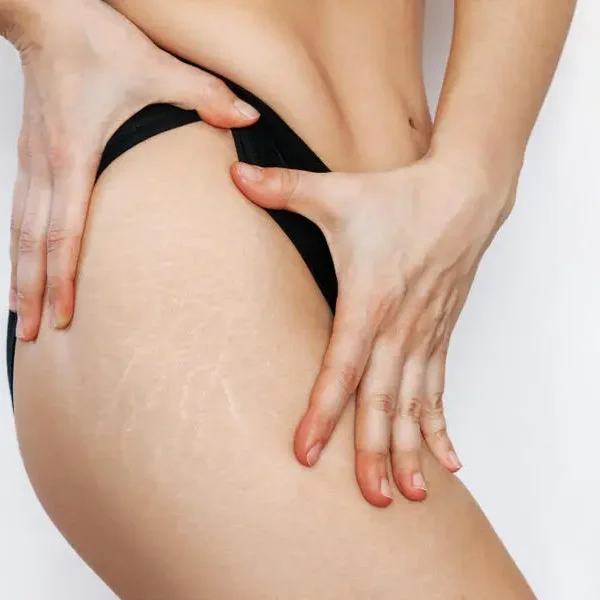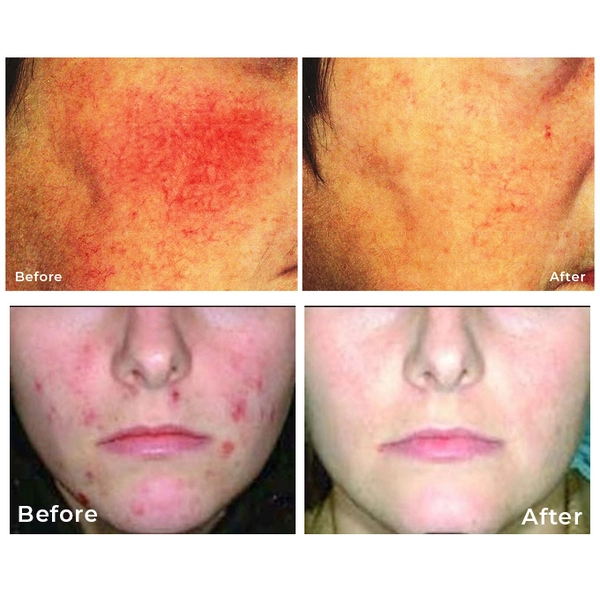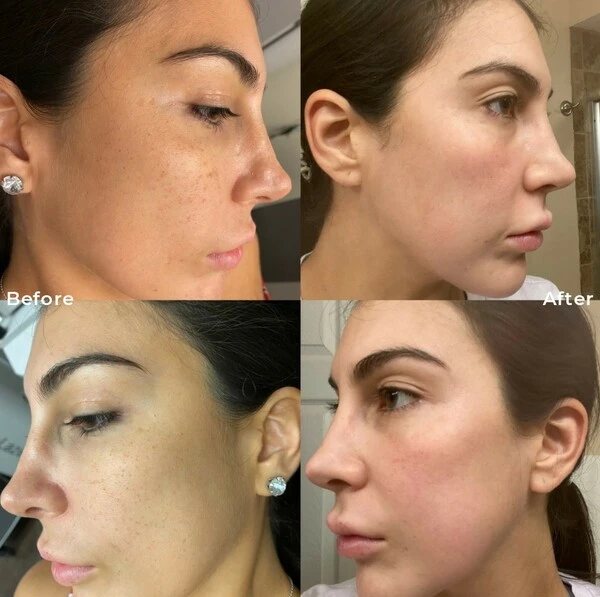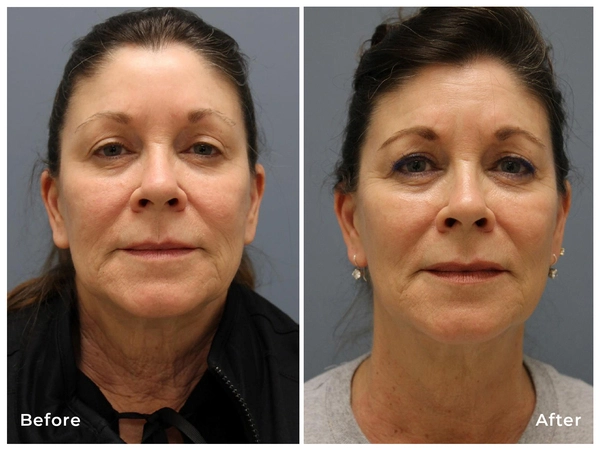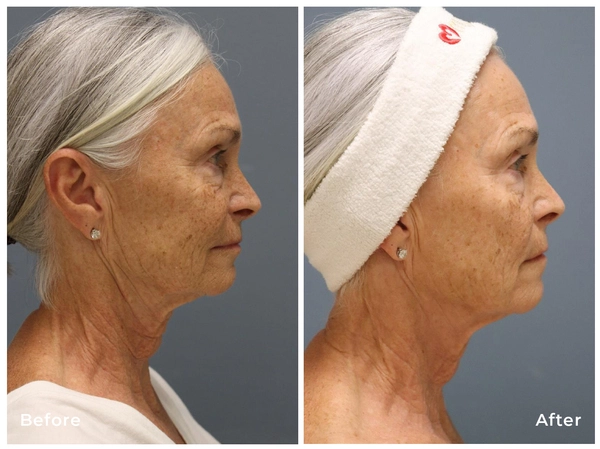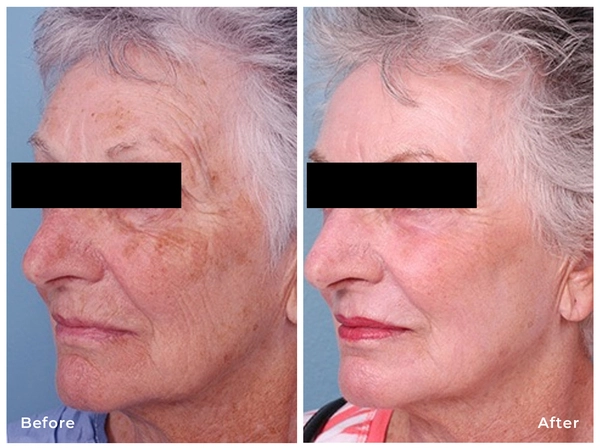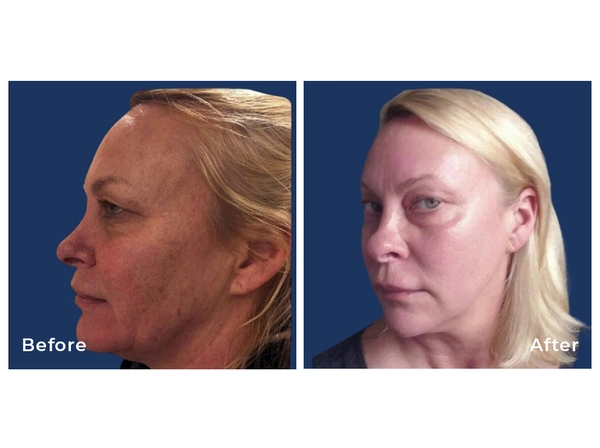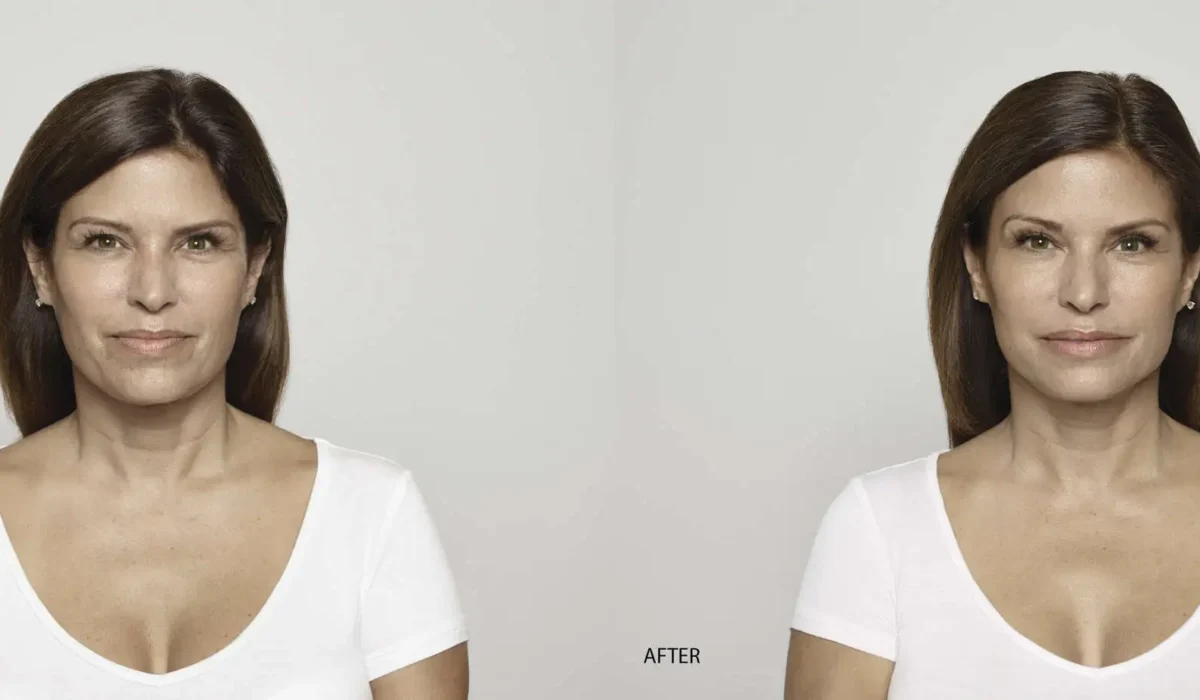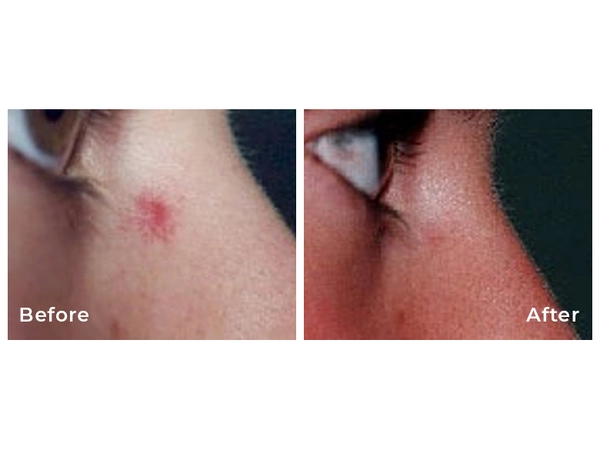Skin Conditions &
Recommended Treatments
Please use the interactive dashboard below as a resource to help you explore most common age-related skin conditions and recommended treatment options we proudly provide at Holistic Elegance.
If you have any questions, don’t hesitate to give us a call or simply schedule an assessment consultation visit so that we can better assist you in diagnosing and resolving your medical aesthetic needs.
-
Facial Line & Wrinkles
-
Photodamage
Pigmentary Changes -
Photodamage
Textural Changes -
Photodamage
Vascular Changes -
Photodamage
Sagging/Laxity -
Degenerative Changes
-
Facial Contour &
Volume Loss -
Acne & Acne Scars
-
Cosmetic Irregularities
Background
Dynamic facial lines and wrinkles appear due to constant use of our facial muscles when we make expressions. These accumulate with age and are typically exacerbated by other factors such as lifestyle choices, diet and environmental stressors.
The usual suspect areas are forehead lines, glabellar/frown lines (11’s), crow’s feet, bunny lines, gummy smile (lip flip), chin dimpling and last but not least, neck lines/rings.
Wrinkle relaxer (i.e. Botox, Dysport, Xeomin) is by far the most common treatment option, however, depending on severity and presence of other conditions, other treatments may be suitable as well.
Condition Progression with Age
20s
Minimal
30s
Mild
40s
Moderate
50s
Advanced
60s+
Severe
Recommended Treatments
Click on icon to learn more.
Prolonged and accumulated absorption of UV radiation by our skin primarily manifest itself as pigmentary, vascular and/or textural skin changes that customarily define old age appearance and feel.
Whether it is light or dark skin, melanin is the key pigmentary ingredient in the outer skin layer (the epidermis) that defines skin color and also serves as a protective shock absorber against harmful UV radiation shielding skin cells during their continuous renewal cycle (keratinocyte maturation and desquamation).
In case of chronic UV exposure, (i) the melanin synthesis process is dialed up leading to unevenly distributed oversupply of the pigment and (ii) the skin renewal cycle is severely hindered, leading to several unflattering pigmentary conditions listed below.
- HYPERpigmentation
- HYPOpigmentation
- Sallow Discoloration
Example Appearance
Click on image to view in detail.
Background
With irregular abundance of melanin pigments induced by chronic UV exposure, face, hands, neck and chest areas will begin to develop darker/darkened discolored areas that may appears as sun spots (solar lentigines), darkened freckles (darkened ephelides), and/or mottled/blotchy pigmentation. While all skin types are susceptible to hyperpigmentation, the condition is more evident in lighter skin types.
Condition Progression with Age
20s
Mild
30s
Mild-
Moderate
40s
Mild-
Moderate
50s
Mild-
Moderate
60s+
Moderate-
Advanced
Recommended Treatments
Click on icon to learn more.
Background
In a similar vein to the underlying mechanics of hyperpigmentation, areas of melanin deficiency due to uneven supply result in lighter/lightened discolored areas of the skin relative to base complexion giving rise to hypopigmentation. While all skin types are susceptible to hypopigmentation, the condition is more evident in darker skin types.
Condition Progression with Age
20s
Mild
30s
Mild-
Moderate
40s
Mild-
Moderate
50s
Mild-
Moderate
60s+
Moderate-
Advanced
Recommended Treatments
Click on icon to learn more.
Background
The outermost skin layer (stratum corenum) is a vital barrier comprised of dead skin cells (corneocyets) that are continuously shed/peeled (desquamation) and replenished by previously live cells (keratinocyets) that have migrated outward from an inner basal skin layer. In young, healthy skin this epidermal renewal process (keratinocyte maturation and desquamation) typically takes about one month for an individual cell.
Chronic UV radiation severely hinders and disrupts the regenerative renewal cycle leading to dry, rough and thick, and poorly reflective/dull skin that typically exhibits a sallow (yellow-gray) discoloration.
Condition Progression with Age
20s
Rare
30s
Mild-
Moderate
40s
Mild-
Moderate
50s
Mild-
Moderate
60s+
Moderate-
Sever
Recommended Treatments
Click on icon to learn more.
Prolonged and accumulated absorption of UV radiation by our skin primarily manifest itself as pigmentary, vascular and/or textural skin changes that customarily define old age appearance and feel.
Beneath the outer skin layer (the epidermis) lays another critical skin zone called the dermis where critical proteins like collagen and elastin, hyaluronic acid (water retaining substance) and other adhesive proteins, collectively called the extracellular matrix (ECM), are naturally synthesized by fibroblast These play an indispensable role throughout our bodies but concerning skin matters, the ECM namely provides structure, elasticity, hydration and volume.
Past the age of 30, the ECM synthesis process begins to decline leading to diminished availability of collagen and onset of natural aging appearance. Chronic UV radiation only compounds matters worse by wreaking havoc to the ECM synthesis process affecting the constituents’ quality.
- Static Lines & Wrinkles
- Solar Elastosis
- Dilated Pores
Background
Accumulated UV exposure degrades and weakens vital structural proteins (collagen and elastin) and along with naturally diminishing supply of these essential constituents, static fine lines and wrinkles (rhytids) begin to appear on face, neck, hands and chest areas.
Wrinkle relaxers are ineffective treatment for static rhytids, instead, treatments targeting fresh remodeling of collagen/elastin are required.
Condition Progression with Age
20s
Rare
30s
Mild
40s
Mild-
Moderate
50s
Moderate-
Advanced
60s+
Moderate-
Severe
Recommended Treatments
Click on icon to learn more.
Background
Solar elastosis/actinic elastosis, which essentially means damage to skin elasticity from sun exposure, is an advanced skin condition due to long-term accumulated sun exposure. Damaged elastin fibers form tangled clumps in the dermis layer leading to skin’s loss of structural properties. The condition manifests itself as thick, yellowed skin that sometimes appears furrowed, creased, or bumpy and typically is observed on the face, neck and arms.
Treatments targeting fresh remodeling of collagen/elastin are required.
Condition Progression with Age
20s
Rare
30s
Mild
40s
Mild-
Moderate
50s
Moderate-
Advanced
60s+
Moderate-
Severe
Recommended Treatments
Click on icon to learn more.
Background
Condition of dilated/enlarged pores can arise from two separate pathways, (i) overly oily skin and (ii) photoaged/photodamaged skin. In case of the latter, accumulated UV exposure degrades and weakens vital structural proteins (collagen and elastin) and along with naturally diminishing supply of these essential constituents, skin elasticity is affected to the point where pores are stretched and enlarged.
Treatments targeting fresh remodeling of collagen/elastin are required.
Condition Progression with Age
20s
Rare
30s
Mild
40s
Mild-
Moderate
50s
Moderate
60s+
Moderate-
Advanced
Recommended Treatments
Click on icon to learn more.
- Telangiectasias
- Facial Erythema – Rosacea
Background
Telangiectasias aka spider veins is a clustering formation and gradual appearance of (red, blue or purple in color) dilated capillaries (tiny blood vessels) located near the surface of the skin in areas that have experienced prolonged sun exposure aka photodamage – these include lips, nose, eyes, fingers and cheeks.
Additionally, (traditional) spider veins may also form on back of legs (along lateral thighs and medial knee) due to persistent sitting or standing, predominately in women.
Targeted laser light procedures that collapse surface veins are effective in treating telangiectasias.
Condition Progression with Age
20s
Rare
30s
Mild
40s
Mild-
Moderate
50s
Moderate-
Advanced
60s+
Moderate-
Severe
Recommended Treatments
Click on icon to learn more.
Background
Facial erythema is observed with several dermatological conditions including rosacea, sensitive skin and photoaged/photodamged skin.
Rosacea is another pervasive chronic sensitive skin condition affecting millions of Americans. It is seen most commonly in women between ages of 30 and 50, yet men who are affected typically have more severe exhibition.
Facial flushing or blushing (cheeks, forehead, nose and chin) brought on by wide variety of catalysts such as weather extremes, consumption of alcoholic or hot beverages, emotional stress, spicy foods and irritating topical products, are characteristic signs of rosacea. Several theories explaining the underlying mechanics of the conditions have been proposed, however there is yet to be a ubiquitous agreement on a definitive cause.
Several therapies exist, including prescription medication, emollients and laser light therapies, all aimed at supporting and stabilizing the outer skin barrier in order to restore moisture/hydration and reduce inflammation.
Condition Progression with Age
20s
Rare
30s
Mild-
Advanced
40s
Mild-
Advanced
50s
Moderate-
Advanced
60s+
Moderate-
Severe
Recommended Treatments
Click on icon to learn more.
Background
Sagging and lax skin is yet another casualty of long-term exposure to sun’s UV radiation.
Beneath the outer skin layer (the epidermis) lays another critical skin zone called the dermis where critical proteins like collagen and elastin, hyaluronic acid (water retaining substance) and other adhesive proteins, collectively called the extracellular matrix (ECM), are naturally synthesized by fibroblast cells. These play an indispensable role throughout our bodies but concerning skin matters, the ECM namely provides structure, elasticity, hydration and volume. Past the age of 30, the ECM synthesis process begins to decline leading to diminished availability of collagen and onset of natural aging appearance. Chronic UV radiation only compounds matters worse by wreaking havoc to the ECM synthesis process affecting the constituents’ quality.
Lacking natural supply of high-quality structural proteins and hydration, in addition to other photoaged textural conditions, skin also begins to sag and appear lax – progressively worsening with age and further sun exposure.
Treatments are aimed to reboot ECM synthesis process, re-stimulating supply of healthier and ordered collagen and elastin throughout the skin layers. Post-procedure and properly constructed/executed daily skin care regiment, incorporating medical grade skincare products, are most essential in upkeep of revitalized skin and youthful appearance.
Condition Progression with Age
20s
Minimal
30s
Minimal
40s
Moderate
50s
Advanced
60s+
Severe
Recommended Treatments
Click on icon to learn more.
Commensurate with age, our skin may develop certain degenerative anomalies that may be due to hereditary, environmental or lifestyle factors/choices. This section discusses benign degenerative conditions that are likely candidates for laser light treatments offered at HE.
- Cherry Angioma
- Sebaceous Hyperplasia
- Seborrheic Keratosis
Background
Cherry angiomas are typically pin-sized red moles that appear in increasing number with age post 30th birthday on the torso, arms, legs and shoulders. It is unclear what causes cherry angiomas, however these red anomalies (a clumped cluster of small blood vessels) are typically benign and are just a cosmetic nuisance, unless they begin to bleed or evolve in shape, size or color.
Targeted laser light procedures that collapse surface veins are effective in treating cherry angiomas.
Condition Progression with Age
20s
Minimal
30s
Mild-
Moderate
40s
Mild-
Moderate
50s
Mild-
Moderate
60s
Mild-
Moderate
Recommended Treatments
Click on icon to learn more.
Background
Sebaceous hyperplasia is a common but harmless skin condition caused by clogged hair follicles, typically appearing on the face. Cause of this condition is due to overreactive sebaceous oil glands near hair follicles in the dermis layer of skin. Excess oil becomes trapped under the skin causing bumps and irregular texture.
Treatment options range from medical skincare products to laser therapies, however, a professional assessment is a must to diagnose it correctly.
Condition Progression with Age
20s
Minimal-
Mild
30s
Mild-
Moderate
40s
Mild-
Moderate
50s
Mild-
Moderate
60s
Mild-
Moderate
Recommended Treatments
Click on icon to learn more.
Background
Seborrheic keratosis are benign, round or oval-shaped mole-like growths that begins to develop in adulthood. They are typically brown, black or light tan in color with rough, waxy or scaly, raised surface ranging from very small to over 1 inch in diameter and can appear on the face, neck, chest or back. These anomalies are merely a cosmetic nuisance and can be treated if bothersome or sensitive.
HE recommends visiting a reputable dermatologist to diagnose and treat seborrheic keratosis.
Condition Progression with Age
20s
Minimal-
Mild
30s
Mild-
Moderate
40s
Mild-
Moderate
50s
Mild-
Moderate
60s
Mild-
Moderate
Recommended Treatments
Cryotherapy
Electrosurgery/
Curettage
Example Appearance
Background
Natural aging and more often than not, prolonged sun exposure, degrade and weaken our body’s natural supply of structural proteins like collagen and elastin and water retaining substances like hyaluronic acid that are found and synthesized in our skin. These constituents are responsible for many aspects of healthy and youthful skin and without adequate amounts, many old-age appearance conditions ensue.
Loss of facial volume accompanied by lax and sagging skin is most prominent with older age in the lower two-thirds of the face. Facial contour changes are also prevalent, evolving from high cheeks and small chin to bottom-heavy façade with flattened cheeks and prominent jowls. These effects, as already mentioned, are direct consequence of collagen, elastin and hyaluronic acid deficit, naturally occurring essential proteins and substances that provide structure, elasticity and volume to the face. Additionally, resorption of facial bones, degradation of subcutaneous tissue and descent of the fat pads also contribute significantly to loss of facial volume/contours.
Primary treatment options involve injection of dermal fillers but can also employ microneedling and/or laser resurfacing therapies.
Click on image to view in detail.
Condition Progression with Age
20s
Rare
30s
Mild
40s
Mild-
Moderate
50s
Moderate-
Advanced
60s+
Moderate-
Severe
Recommended Treatments
Click on icon to learn more.
-
Acne
-
Acne Scars
Example Appearance
Click on image to view in detail.
Background
Acne is the most common dermatologic disorder affecting major portion of the population every year.
The root cause of many acne variations are clogged hair follicles with oil and dead skin cells, which lead to breakout of whiteheads, blackheads and pimples predominately on the face in teenagers and young adults, however, the condition can persists to mid-adulthood as well.
HE recommends visiting a reputable dermatologist to diagnose and treat acne. However, if your acne condition has been prescribed IPL treatment, HE offers state of the art IPL therapy and can serve as a treatment provider.
Condition Progression with Age
20s
Minimal-
Advanced
30s
Minimal-
Moderate
40s
Minimal-
Mild
50s
Minimal
60s+
Minimal
Recommended Treatments
Click on icon to learn more.
Example Appearance
Click on image to view in detail.
Background
Acne scars are a result of the body’s natural tendency to repair the acne, however the type and amount of scarring tissue is governed by individual’s body’s unique response. Either depressed or raised scars can form. In case of the former, if there is a loss of tissue, scars form and appear as skin indentation or pits, while in case of the latter, oversupply of collagen (a key protein responsible for skin structure and elasticity) during repairs leads to raised scars. In both outcomes, several treatments may be suitable.
Condition Progression with Age
20s
Minimal-
Advanced
30s
Minimal-
Moderate
40s
Minimal-
Mild
50s
Minimal
60s+
Minimal
Recommended Treatments
Click on icon to learn more.
Research and technological advances in medical devices, medical biochemicals as well as procedures are allowing us to alter our appearance to our liking, countering and defying the signs of aging. This section discusses popular and common cosmetic conditions treatable with today’s modern techniques and equipment that can alter ones appearance to a holistically elegant look and feel!
-
Thin Eyelashes
-
Thin/Dry Lips
-
Excessive Sweating
-
Unwanted Hair
-
Unwanted Tattoos
-
Stretch Marks
Background
Long, thick and dark are cornerstone features of healthy eyelashes that captivate, differentiate and draw attention to our face and in particular our eyes. Many women strive to maintain and nurture eyelashes to either preserve or enhance that alluring and striking appearance. However, natural aging (naturally thinning hair with age or menopause), certain care habits (excessive/harsh application/removal of mascara or extensions) and at times medical conditions (i.e. chemotherapy drugs treating cancer) render eyelashes thin, short and completely uninspiring.
If modifications in care routine or changes in lifestyle have not rectified your eyelash shortfall, prescription medication targeted exclusively for eyelashes may be the solution.
Condition Progression with Age
20s
Mild
30s
Mild-
Moderate
40s
Mild-
Moderate
50s
Mild-
Moderate
60s+
Moderate-
Advanced
Recommended Treatments
Click on icon to learn more.
Background
Natural aging and more often than not, prolonged sun exposure, degrade and weaken our body’s natural supply of structural proteins like collagen and elastin and water retaining substances like hyaluronic acid that are found and synthesized in our skin. These constituents are responsible for many aspects of healthy and youthful skin and without adequate amounts, many old-age appearance conditions ensue.
Thin and dry lips are a direct result of collagen deficit, one of several naturally occurring proteins that provide structure, elasticity and volume to areas such as the lips.
Incorporating collagen-rich supplements in your diet is one avenue to combat this dilemma, however, impactful and relatively immediate solution is to consider dermal filler injections (aka lip fillers).
Condition Progression with Age
20s
Mild
30s
Mild-
Moderate
40s
Mild-
Moderate
50s
Mild-
Moderate
60s+
Moderate-
Advanced
Recommended Treatments
Click on icon to learn more.
Example Appearance
Click on image to view in detail.
Background
Primary focal hyperhidrosis is a condition of overactive sweat glands triggered by nerves despite absence of physical activity or elevated temperatures. Situational stress, anxiousness or nervousness may compound this reaction. Commonly effected areas are excessively sweaty palms, underarms, soles of feet.
Neuromodulators, indeed Botox and the like, not only treat dynamic wrinkles but are also quite effective in suppressing this condition.
Condition Progression with Age
20s
Minimal-
Advanced
30s
Minimal-
Advanced
40s
Minimal-
Advanced
50s
Minimal-
Advanced
60s+
Minimal-
Advanced
Recommended Treatments
Click on icon to learn more.
Background
Quite simply excessive or unwanted hair in areas such as underarms, back, chest and legs. Many options exists, however laser technology offers long-term and relatively painless results over several treatment sessions.
Condition Progression with Age
20s
Minimal-
Advanced
30s
Minimal-
Advanced
40s
Minimal-
Advanced
50s
Minimal-
Advanced
60s+
Minimal-
Advanced
Recommended Treatments
Click on icon to learn more.
Example Appearance
Click on image to view in detail.
Background
Body art in the form of tattoos can certainly exude a bold and lasting statement and impressions of self-expression. Depending on the complexity and size, attaining a tattoo is relatively easy and not overly expensive. However, there may come a time where that statement piece(s) is no longer desired or accepted. Specialized laser equipment and procedure can greatly aid in erasing the ink and restoring your body/skin to its native appearance over several treatment sessions.
Condition Progression with Age
20s
Minimal-
Advanced
30s
Minimal-
Advanced
40s
Minimal-
Advanced
50s
Minimal-
Advanced
60s+
Minimal-
Advanced
Recommended Treatments
Click on icon to learn more.
Example Appearance
Click on image to view in detail.
Background
Stretch marks are benign cosmetic irregularities but often time make for a very unpleasant appearance, especially if the area is exposed to view. They arise due to hasty skin expansion, exceeding the skin’s elastic properties and repair rate, and can be found on several areas of the body: abdomen, breasts, hips, buttocks, upper underarms, etc. Several factors determine susceptibility and severity of stretch marks. Hereditary inheritance plays a contributing role for most but women are more prone to observe them especially during pregnancy. Rapid growth during adolescent years, rapid weight changes or excess levels of stress hormone cortisol have been found responsible to cause stretch marks as well. Additionally, if you are weightlifting for muscle gain employing anabolic steroids, stretch marks are surety to appear as well.
Treatment options range from OTC topical creams to aesthetic procedures focused on going skin deep. In case of the latter, therapies targeting skin rejuvenation, specifically collagen and elastin fiber remodeling are most effective.
Condition Progression with Age
20s
Minimal
30s
Minimal-
Moderate
40s
Mild-
Moderate
50s
Moderate-
Advanced
60s+
Moderate-
Advanced
Recommended Treatments
Click on icon to learn more.






